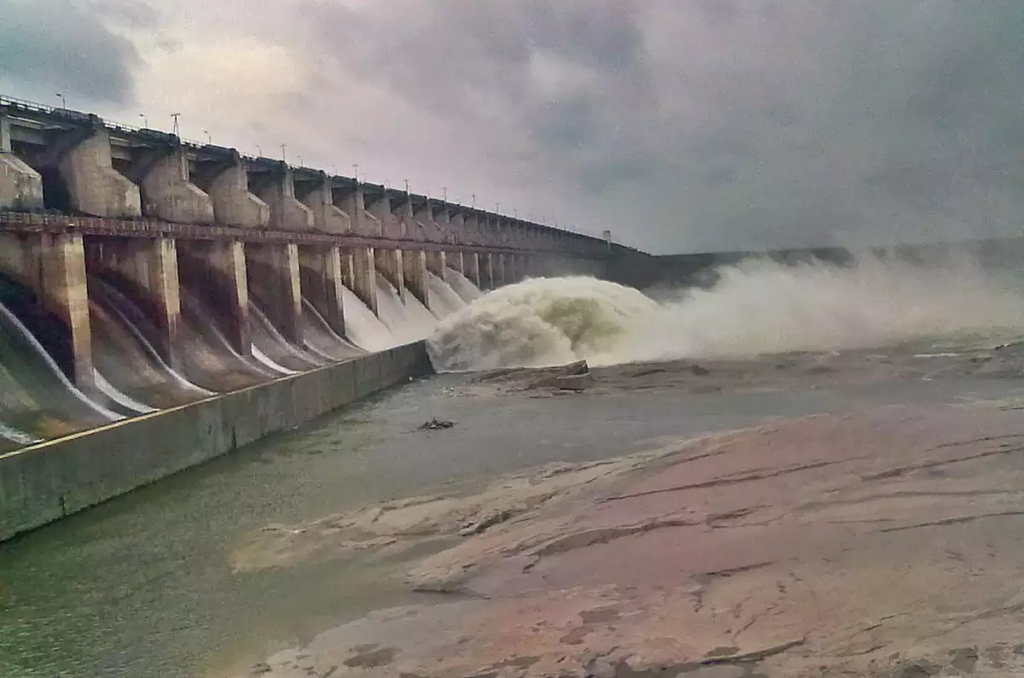
India, a land known for its rich heritage and diverse geography, is facing a pressing challenge water scarcity. With a population exceeding 1.4 billion, the demand for water resources has skyrocketed, exacerbating conflicts over access, usage, and rights. The issue, often referred to as India’s “water wars,” is becoming increasingly significant and demands urgent attention.
Root Causes of the Crisis
The conflicts over water resources in India stem from a combination of factors:
Uneven Distribution: Water availability across the country varies significantly. Northern states like Punjab and Haryana benefit from river systems such as the Ganges, while southern states like Tamil Nadu and Karnataka often struggle due to erratic rainfall and fewer perennial rivers.
Rapid Urbanization and Population Growth: The demand for potable water in urban centers has surged due to population expansion and industrialization, leading to overextraction and depletion of groundwater reserves.
Climate Change: Erratic monsoons, rising temperatures, and prolonged droughts caused by climate change have further reduced water availability.
Agricultural Practices: Agriculture accounts for nearly 80% of India’s water consumption. Practices like flood irrigation waste significant amounts of water, while cultivation of water-intensive crops like paddy and sugarcane worsens the situation.
Key Conflicts
Interstate Disputes: States like Karnataka and Tamil Nadu have long been embroiled in disputes over river-sharing agreements for rivers like the Cauvery. These disputes often escalate during years of drought, leading to protests and political tensions.
Groundwater Depletion: Excessive extraction of groundwater, particularly in northern states, has caused a sharp decline in water levels, resulting in disputes between farmers and urban areas over usage rights.
Urban vs. Rural Tensions: As urban centers demand more water to meet their needs, rural communities often find themselves deprived of this critical resource, leading to resentment and conflict.
Consequences
The impacts of India’s water wars are far-reaching. Economically, the agriculture sector suffers from reduced productivity due to water shortages, threatening livelihoods and food security. Socially, disputes over water exacerbate inequalities, with marginalized communities facing the brunt of scarcity. Environmentally, the overextraction of groundwater and diversion of rivers damages ecosystems and reduces biodiversity.
Efforts to Resolve the Crisis
India has undertaken various measures to address the growing conflict over water resources. These include:
National Water Policy: The government has formulated policies to promote sustainable use and equitable distribution of water.
River-Linking Projects: Efforts to connect rivers aim to address regional disparities in water availability, although they remain contentious due to environmental concerns.
Technological Interventions: Water conservation technologies such as drip irrigation and rainwater harvesting are being promoted to reduce wastage.
Community Engagement: Grassroots initiatives involving local communities help build awareness and foster cooperation in water management.
The Way Forward
Resolving India’s water wars requires a holistic approach. Governments, communities, and industries must work together to adopt sustainable water management practices. Strengthening interstate cooperation and legal frameworks is vital to prevent and resolve disputes. Promoting efficient agricultural practices, investing in water conservation technologies, and addressing climate change are equally crucial.
India’s water resources are not just a necessity but a shared heritage that binds its people together. By treating water as a collective responsibility and taking decisive action, the nation can turn its water wars into a story of resilience and cooperation.


